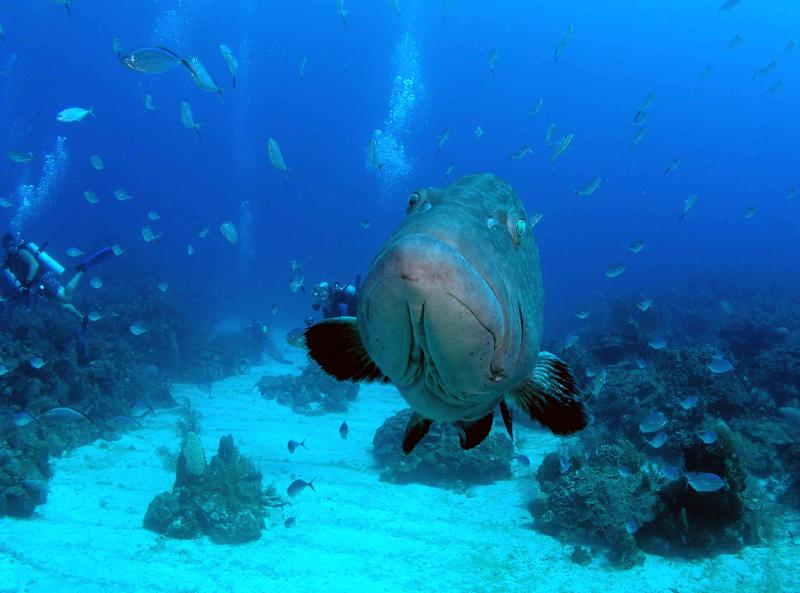If your original is a jpeg and you open with PS and you do a 'save as' (so the edited version is saved as a seperate file) and close the orginal (with no saving), does that degrade the original file?
Essentially the original file would have been opened & closed in PS unless just opening and viewing a jpeg file degrades it?
If you do not change the file name or do not "save as" to a different folder, the modified file replaces the original file, even when using "save as". What I mean is clicking "save as" and then clicking "save" is the same as just clicking "save" from the file drop down.






 He shoots in Jpeg, edits in Tiff, then saves as Jpeg...?
He shoots in Jpeg, edits in Tiff, then saves as Jpeg...? 